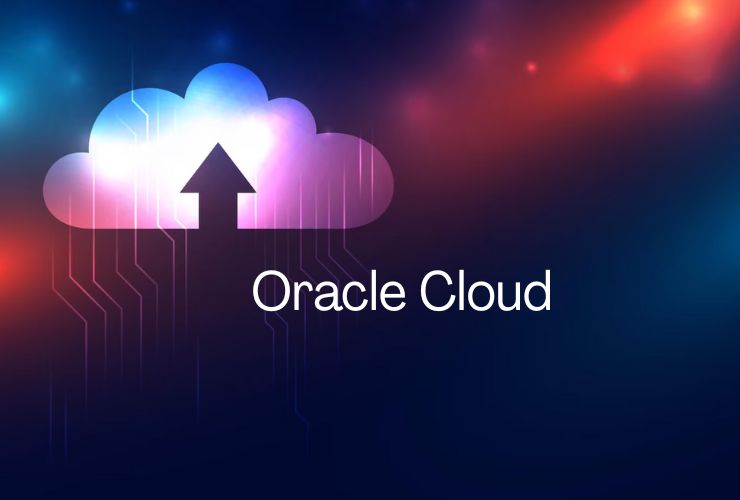The future of enterprise technology revolves around leveraging artificial intelligence (AI) and advanced analytics to facilitate smarter decisions, automate processes, and provide new avenues for innovation. Oracle Cloud Infrastructure (OCI) is leading the charge, providing organizations a way to combine AI capabilities and analytics to gain a competitive advantage. In this article, we will discuss how AI and analytics in Oracle Cloud signify the next chapter in enterprise growth.
1. AI-Driven Insights for Smarter Businesses
AI in Oracle Cloud provides organizations the ability to turn data into actionable insights. Utilizing machine learning models embedded directly into Oracle databases and applications, organizations can:
- Accurately predict customer behavior.
- Automate ongoing processes for reporting, data entry, and compliance.
- Identify hidden patterns within operational data to inform decisions.
2. Oracle Analytics Cloud: All in One Unified Platform
Oracle Analytics Cloud (OAC) is a powerful tool that integrates preparation, visualization, predictive analytics, and reporting into one platform to provide enterprises:
- Interactive dashboards for real-time insights from key performance indicators.
- Natural language queries for intuitive access to data.
- The ability to analyze both structured and unstructured data from multiple data sources.
This unified platform allows decision-makers to have a 360-degree view of the organization.
3. Using Embedded Machine Learning in Oracle Cloud
Oracle’s Autonomous Database contains embedded machine learning algorithms in the data layer. This includes:
- Faster predictive modelling without extensive coding.
- Automated data preparation and feature engineering.
- Real-time recommendations for business applications.
This enables organizations to democratize AI for developers and business users.
4. Examples of AI and Analytics in Oracle Cloud
Customer Experience (CX)
Engagement is more effectively enhanced by personalized recommendations, dynamic pricing models, and sentiment detection.
Finance
Organisations can use predictive modelling for risk and fraud detection; as well as automation to check compliance.
Healthcare
AI-driven insights for the patient, predictive diagnosis, and operational efficiency.
Manufacturing
IoT-powered, predictive maintenance is paired with anomaly detection.
Retail
Demand forecasting, inventory optimization, and predicting trends.
5. Driving Enterprise Agility with AI + Analytics
Enterprise building intelligence on Oracle Cloud AI and Analytics are able to gain:
- Real-time visibility into faster decision-making.
- Scalable automation to reduce costs.
- Proactive strategies to stay ahead of the risk curve.
- Differentiation against the competition with AI-based innovation.
6. The Journey Forward: The Next Horizon
As organizations undergo a digital transformation, AI and analytics in Oracle Cloud will be a major force in the future. Notable trends to look out for with AI include:
- Increased usage of natural language AI for analytics questions.
- Growth of AI models specific to industries, like healthcare, finance, and manufacturing.
- Heightened responsibility towards AI focused on fairness, explainability, and compliance.
- Growth of autonomous systems that self-heal, self-secure, and self-optimize.
Conclusion
AI and analytics in Oracle Cloud is more than an upgrade in technology—it is the next horizon for enterprises. When converging machine learning, predictive analytics, and autonomous systems, Oracle enables organizations to innovate more quickly, to make better decisions, and to add more value for customers.
For organizations looking to future-proof their organization, Oracle Cloud’s AI and analytics ecosystem provides the ability to turn your data into strategy and your innovation into results.











